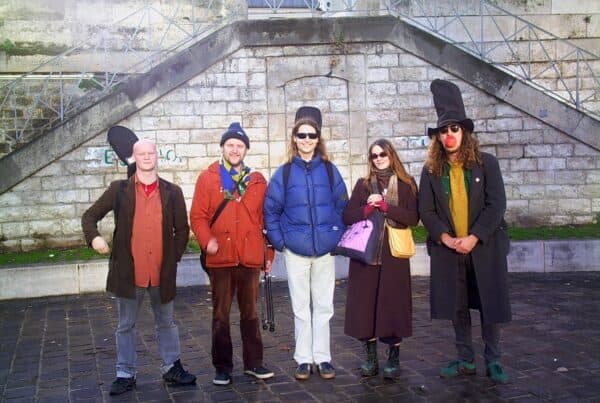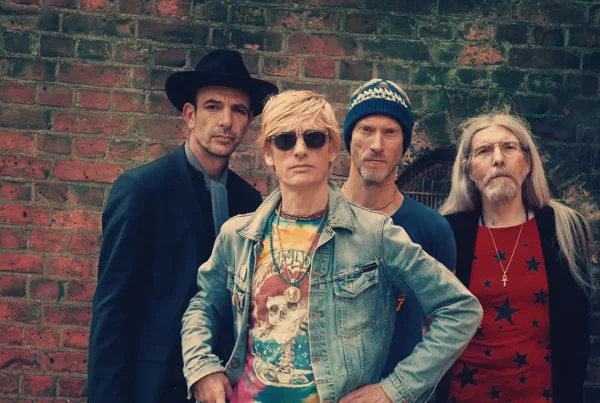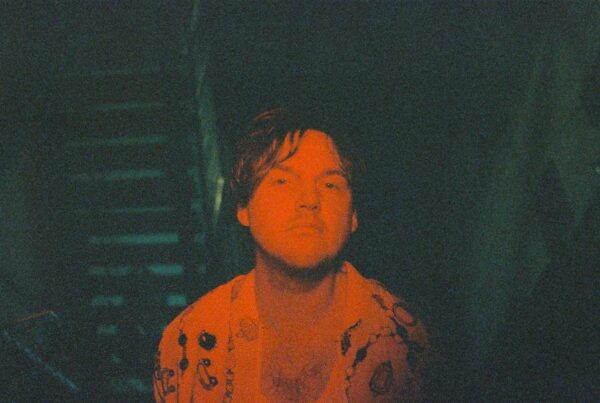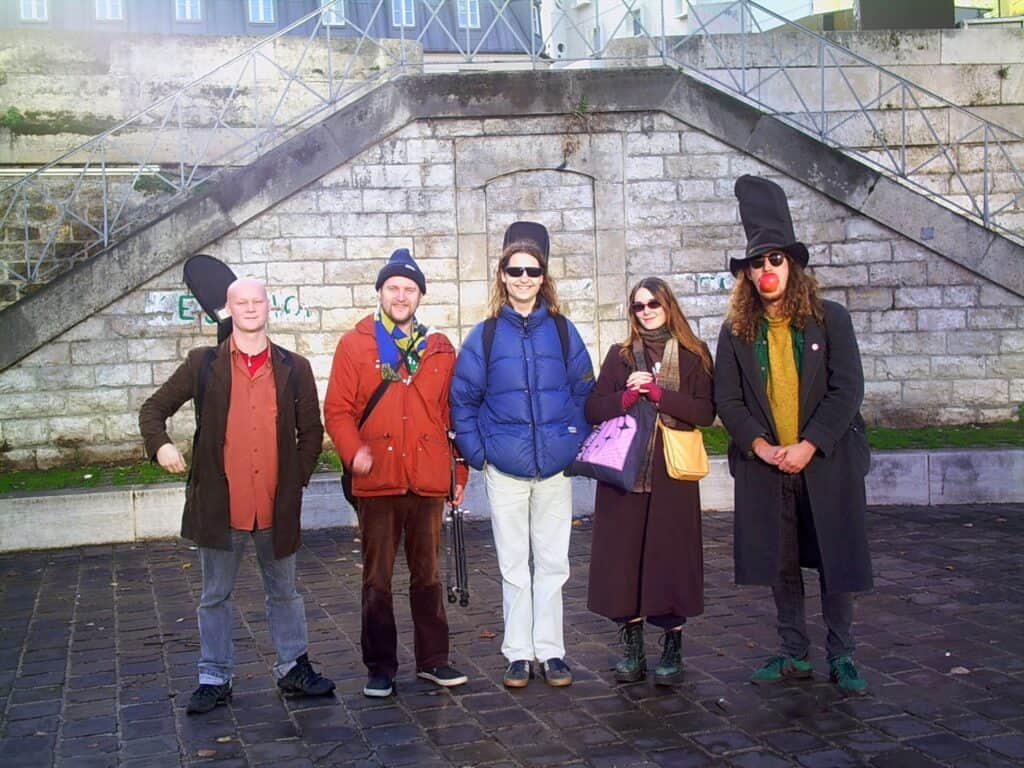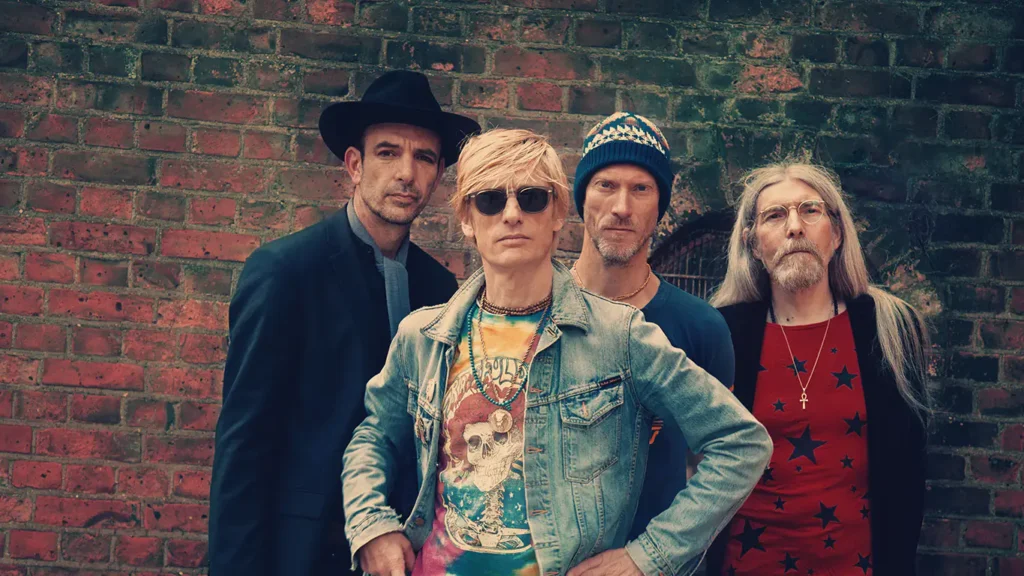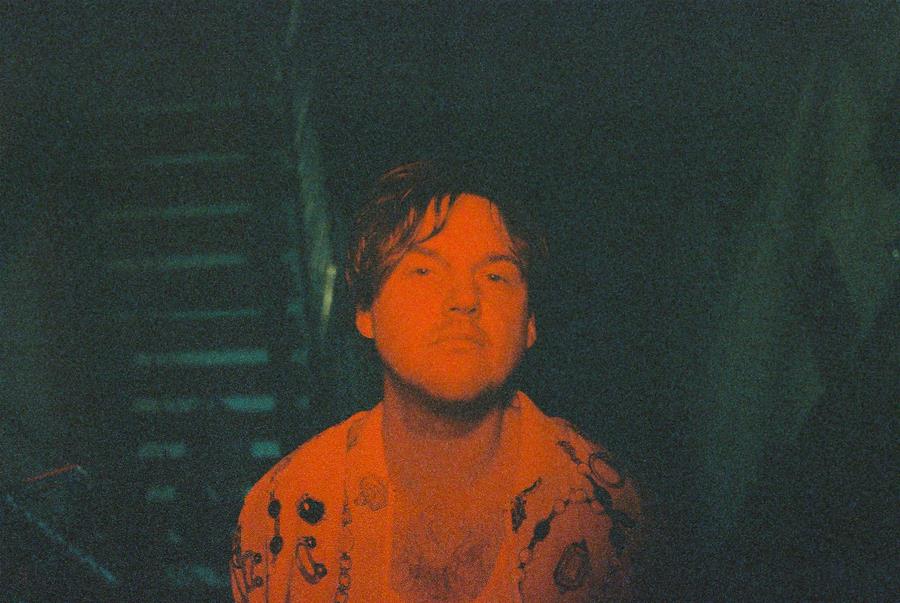Stuart Semple is a prolific multimedia artist who draws from pop culture and has collaborated with everyone from The Prodigy to The Futureheads via Lady GaGa and Umbro over his eleven-year career. He regularly exhibits his diverse range of work around the world, but what is most admirable really, is his passion for creating and his drive to constantly try new things. We take some time to chat with Stuart about current projects and get his thoughts on working in London, share his biggest challenges and find out just what he’s listening to right now…
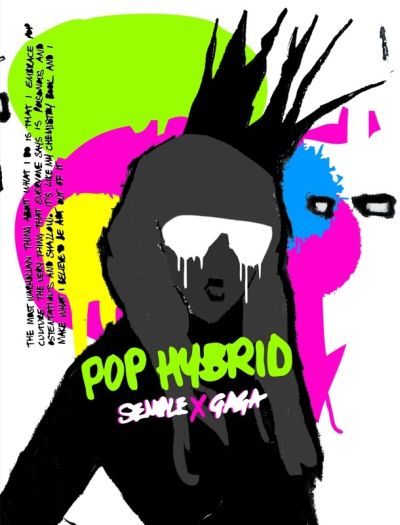
“Doing anything creative is a fight”
S] Can you remember the exact moment in time when you first thought about becoming an artist – where were you and what were you doing?
Semple] “Actually I can, it’s strange because even now it’s really vivid. My mum had taken me to the national gallery and there was a Van Gogh there, it was the sunflowers it hit me like nothing I’d seen before that. I was seven or eight, I knew that an artist had made the work and I knew that’s what I wanted to be. I didn’t really know what being an artist was, I just knew I wanted to try and make stuff. I went home and I copied every Van Gogh picture I could find with oil paints that my nana let me use.”
S] What have been some of your biggest challenges, and how have you overcome them?
Semple] “Doing anything creative is a fight, you’re always trying to better yourself and there’s always a huge dissatisfaction with what I’ve made. I suppose I’ve learned not to look back over stuff, just to keep going. I’ve had a lot of problems with my health; I’ve got really bad allergies. I nearly died from it at one stage and that left me very shaken up. I guess my mental health problems never truly disappear either, but having my art there for me has really helped through the darker moments. At the end of the day, all that stuff is just part of being alive, we’ve all got our own fair share of stuff to deal with. Being alive is quite possibly the biggest problem we’ve all got to deal with and I’m extremely lucky to have a creative outlet that helps me with that.”
S] As an artist based in London but who studied in Leeds, do you think that artists based up North need to move down south in order to become successful?
Semple] “I don’t know, the commercial art world is based in London and it’s handy to have everything on your doorstep, access to materials and people is good. Saying that I hate the way the artworld is so London-centric. There are scenes throughout the UK and some of them are incredibly vibrant. I guess it really depends on what you think of as success, it might be the case that creatively you can become more successful by being somewhere else. You have less to compare yourself too, less distractions. For the first few years I wasn’t in London and that distance gave me another perspective on things. I think if anything it’s easier to be more focused when you’re outside the city. I’ve now gone the other way and spend a huge chunk of my time on the coast. I never drew inspiration for my work from my environment anyway.”
S] What do you listen to for inspiration while you work – do you have a favourite type of genre or specific artists? 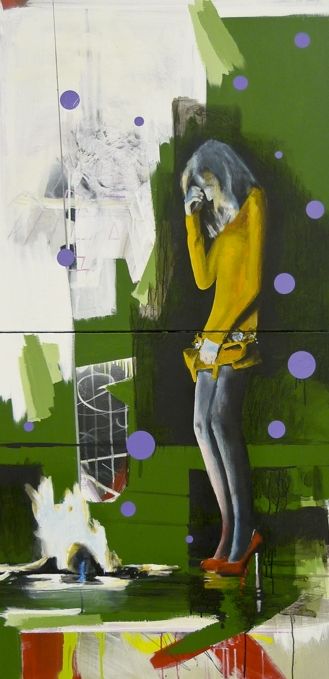
Semple] “It’s so varied, I believe there’s good and bad music to be found in every genre. I do use music as a tool though whilst I paint, it’s an ingredient, it can shift my mood and change the way I make marks, it can take me to an emotional place in which to call upon. I’ve got a vast collection and it’s eclectic, so I might be listening to Nitzer Ebb and then jumping into a Radiohead b-side or something, then banging on Pavarotti, following it with Tyler The Creator or even Cyndi Lauper. It just depends on how I feel and where I need to go.”
S] You are currently working with a band called Officers from Yorkshire – can you talk us through the process of that project and some of your thoughts?
Semple] “The thing with Officers was that it came out of the blue it was a total shock project. I’d done a few music things, just finished the Futureheads collaboration and the Gaga bits and I was pretty firm that I wasn’t doing anything music for a bit. Anyway Jamie [Baker, guitar] from the band sent over the album, and I just had a full on physical reaction, the hairs on my back sticking up, the whole thing. Something clicked with the record and I just knew that I had to do it. In fact I’d have done anything to do it.
Really, I just got as deeply immersed in the material as possible. I’m quite lucky where I have a sort of synesthesic thing where music seems to quite often conjure images. Does something to my imagination and I got lost in their work. Then there was a very collaborative dialogue with the guys. The whole DIY way they’d been so uncompromising about the record, the way they had approached their whole studio practice, they’d done it their own way. I feel like I’m very similar in how I approach my work, it all collided really nicely. I started off doodling and getting dirty in the studio. Painting the track titles by hand and making them these little promo cd holders. I was trying different materials for them, experimenting with stamps and sticky tape, stickers. Trying to make really tangible and tactile things that would go with the music. This sort of carried on into print artworks for them, which in the end I used a blow-torch to brand the boxes they came in. I feel like I’ve just started dipping my toe in the water with what this may become visually.”
S] You worked on something similar for the Prodigy to celebrate their ‘Run With The Wolves’ tour of 2009, how has the Officers project presented new challenges for you?
Semple] “The Prodigy project although I had total freedom on what I was going to do, was a lot smaller. The record was already out, the job by the most part had been done, I mean they are a well established act with all the parameters that come with going into something that’s really pretty fully developed. Essentially it was just a design thing, it wasn’t a big deal but I loved working with them. The Officers is on another level, I’d say that is a true art project and it’s a frightening one because there is no visual president set at all, I mean it’s wide open. A sort of blank canvas situation, which is both a dream and also a daunting proposition. Not least because I cherish that record, that’s a historic album that they’ve made. My job is to do that justice, to play and compose my art as well as they have the tracks.”
S] On a similar note, do you have to significantly alter your artistic thought process when you are thinking up ideas for two completely contrasting projects, for example the Semple x Lady Gaga pop hybrid spread for West East and the (Blue Peter) Happy Clouds project?
Semple] “The thing is I believe in touching upon as much as I can. I have this belief that art should be as generous as possible, that it should be as democratic and accessible as it can be. So the Gaga project, whether it’s coming up with the concept of sticking real crystals on a front cover of a fashion magazine or making big portraits of her for an art fair, it’s still firmly rooted in art making, in documenting the culture we’re in. Gaga is an icon and she’s fascinating. I hate her music but as a performance artist, and visually there’s nobody alive that comes even close to her. Everything I do I do on the terms of its own individual needs. The happy clouds is just something that I still don’t quite understand, I suppose it was a culmination of a process I’d been going down for a while. It’s probably the most successful I’ve been in terms of audience engagement, because it’s so simple, it’s like a one-liner, but as a piece it really seemed to strike a nerve and I think people really got what I was trying to say. It’s difficult to be that basic. It’s about trying to say something and finding the most direct route to do that with.”
S] Do you find it easy to work with musicians and find common ground between their creative practice and your own, you’ve said before that you “work more like a musician than an artist”?
Semple] “It really depends who they are; I find it easy to work with people I like. In fact I only work with people I like. Some musicians I identify more with than others. The Officers I totally get, it’s like a telepathic thing. It just gets tricky when musical artists have labels with expectations and managers with spreadsheets, that can confuse the creative process a bit and it’s hard to find the real heart and soul of the musician in there. By the most part though any collaboration is a give and take thing and a compromise.
I do work very much like a musician, I feel like the things I compose are similar to songs, maybe a musician or a record producer I don’t know. I always compose my work before I execute it, and when I do execute it, the marks I make are recorded there. Like a live recording of a song I’ve previously written. I do very often take a lot of paintings out of collections and shows, sort of censoring it out, and through curation deciding what goes next to what is like compiling a set list or album track order. The way a painter can build up layers and textures and harmonies can be very musical.”
S] How important is the medium of film and video to you as an artist – do you think that your YouTube page (for example) helps interaction with your fanbase?
Semple] “I don’t know about fanbases, I just don’t get into that with what I do. I put things on youtube that I think other people may find interesting, but normally because other people tell me that’s a good idea. But film and video is something I’ve been experimenting with for a while. I just finished a video piece that I quite like. I’m by no means an expert, there’s so much to learn, but I’m enjoying the callenge of that. I’ve felt for a while that it would make sense for my work to move and for the narratives to be played out with moving images so it’s becoming more and more important.”
S] Considering all of your great achievements within the art world, is there one clear stand-out moment?
Semple] “I honestly try not to look back, to be honest I’m grateful that I’m still here after eleven years still making my stuff, just managing to hang in there for this long and survive the ups and downs of the thing is an achievement.”
S] How would you say that your remit as an artist has changed over-time since you began your career and up until this point?
Semple] “Gradually. It sort of goes through phases and I work in so many different ways. I think drawing is interesting because early on it was so vital to me, it literally got me through the day, I mean I needed it, then it took a back seat and now for the last year or so pretty much everything that’s come out of the studio has been paper based and certainly grounded in a drawing practice. Then, I’ll go through periods of months on end where I’ll paint all day and equally periods of too long where I just think and procrastinate. I suppose the collaborations are something that’s expanded what I’m doing a lot. I’m leaning towards creative direction and art direction is emerging along with the film stuff. Underneath all of that though they are probably excuses not to do the main thing, which is painting. In whatever I do drawing and painting is the constant, it’s the big challenge. I can flirt with other stuff as much as I like but painting is so hard, it just floors me, I can’t beat it and that’s why I keep going back to it.”
For more information visit Stuart Semple’s official website and click the links above.

